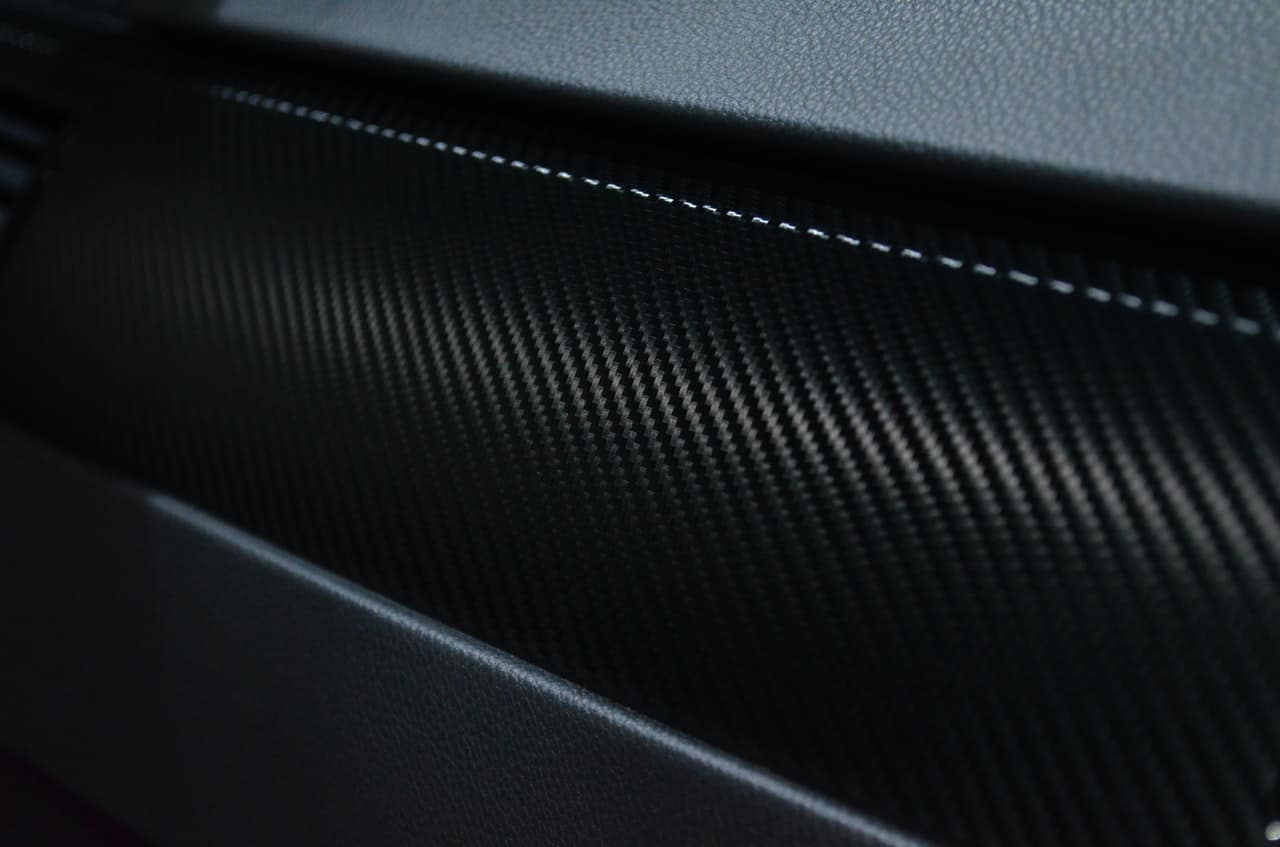In today’s world, the two dominant construction materials are wood and concrete. They make up the majority of new constructions. However, scientists are researching new materials that may one day dominate the building industry. These materials are more durable, more fire-resistant, and even more economical than what we currently have today. Here are five building materials that will be here in the future.
1. EPS Foam Blocks
Expanded polystyrene (EPS) is a revolutionary lightweight material used to fill in spaces. Also known as Geofoam, EPS solves a lot of problems that happen with conventional materials. It also gives you more control over your geotechnical projects. It is more useful than concrete as a material for building foundations, and you can use it in other infrastructure projects. The benefits of Geofoam include lower cost, better material utilization, and lighter weight. When it comes to difficult choices about infrastructure materials, Geofoam will quickly become the go-to material for builders and engineers alike.
2. Carbon Fiber
Carbon fiber is the ultralight material that is popular in automotive applications and electronics. It’s commonly used to build supercars and high-grade laptops, among other products. However, carbon fiber is quickly becoming a material used in the building industry. The benefit of using carbon fiber is that it can mold into almost any shape you want. This allows you to build more quickly, and you can create forms that were previously impossible with traditional materials. However, carbon fiber is costly and will need to go down in price before it becomes more widespread in its use. It will be used in extreme conditions where it is essential that the building can stand up to hurricanes, tornadoes, and high winds.
3. Concrete That Heals Itself
It almost seems like a miracle material. Concrete that heals itself is something that will revolutionize the building industry. It is concrete that contains small bacteria that can react with outside elements and produce limestone. The limestone fills in any cracks that may form. By doing things this way, you are essentially creating concrete that heals itself as time goes on. This leads to buildings that last longer and are more resilient to natural forces. The research on this bacteria is preliminary, but it seems like this will be a significant driver of the building industry along with carbon fiber.
4. Laminated Wood
You can improve the strength of wood by combining multiple layers and gluing them together. When you glue them in the opposite direction, you get something that is called cross-laminated wood. This is wood that has tremendous strength when compared to regular timber. It is also more sustainable than traditional wood. You can build anything with this type of wood before transferring it to the building site. This allows you to save time, and it also makes the building effort cost-effective and straightforward. This wood is also more economical, to the point you might even see it used to build skyscrapers. In a world of sustainability, this type of wood will become the norm.
5. Liquid Granite
Liquid Granite might be the replacement for concrete that we’ve been waiting for. It’s more lightweight and made from recycled materials. That means you have a material that is better for the environment, and it costs a lot less because it is recycled. It can also deal with temperatures of up to 1100° Celsius. It is more likely to survive a household fire. When we think about a green future, materials like liquid Granite will lead the way in helping the world.
